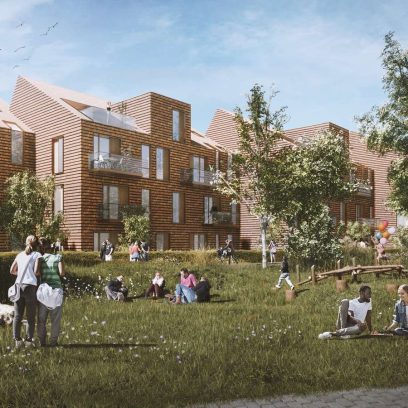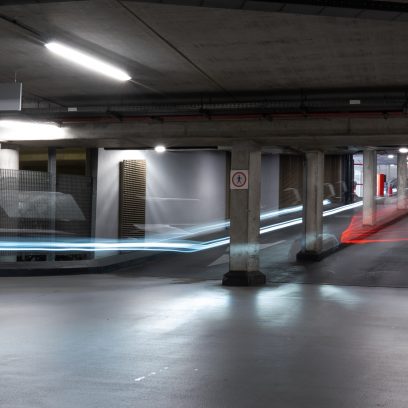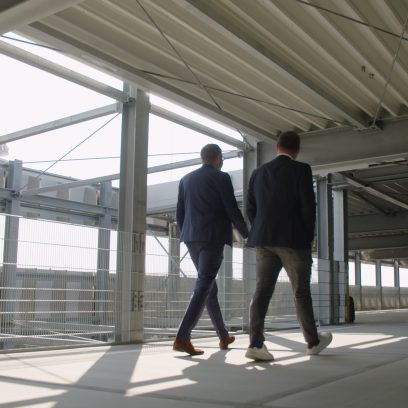The evolution of our urban realm is being driven by demographic, economic, social, technological and environmental changes which in turn are fundamentally transforming the way we live, work and spend our leisure time.
In 2018, according to the UN’s World Urbanisation Prospects report, nearly three quarters of Europe’s population lived in urban areas. That proportion is projected to rise to 80% urban in 2040 and nearly 85% by 2050. This urbanisation trend means that Europe’s towns and cities will become more densely populated, placing higher demands on natural resources and resulting in a structurally ageing urban population and more single-occupancy households. At the same time, investors are placing greater importance on environmental, social and governance (ESG) factors, with consultancy firm PWC predicting that 60% of fund managers will take these issues into consideration when investing and 77% of institutional investors saying they will stop acquiring assets that do not meet their ESG criteria by 2022. This transformation, both in our urban environments and in our investors’ requirements, frames our investment strategies.
The challenges presented by the increase in urban density, driven by the relentless growth of people moving to cities is threefold:
- Affordability
- Lack of space
- Provision of an optimal internet connection
At Primevest we are helping to solve these issues, by delivering modern and affordable accommodation, offering off-street parking spaces which frees up public space for citizens and by investing in high-quality communication infrastructure.
Residential – Enabling Contemporary Affordable Living
Urban living is being redefined as our cities become more dynamic and international, and while we have yet to see how profound and lasting the impact of the Covid-19 pandemic will be on these long-term trends, the way we live and work continues to evolve. New residential concepts are emerging, for example there is a shift towards smaller apartments which cater to young professionals and single-person households. Residential developments for families increasingly incorporate shared amenities, such as retail and leisure facilities, kindergartens and work hubs. New complexes with on-site medical and care facilities are replacing nursing homes, to help older people remain in their homes for longer.
In the densely populated cities of Europe, cutting-edge modern technologies, ‘the Internet of Things,’ are increasingly fundamental to reducing energy consumption, running our homes, streaming our entertainment and perhaps, in the future, will be universally utilised to monitor our health. These technological advances are also driving the evolution of our cities.
Communication Infrastructure – Enabling Connectivity
Technology undoubtedly plays a key role in the development of future cities and our goal is to enable connectivity through investment in communication infrastructure including cables, antennae, ‘smart lamp posts’ and data centres. This infrastructure forms the digital highway over which data is transmitted and, as we consume more and more, investment needs to expand in tandem. Across Europe, it is estimated that some €xx billion of funding in communication infrastructure is required to modernise networks and facilitate better connectivity for all.
Sustainability is interwoven into this picture through the use of modern fibre-optic cables, which are the communication backbone of our cities, carrying far more data and being much more energy efficient than traditional copper-wire cables. In the emerging new urban landscape, the oldest technology on the street becomes the smart lamp post used to charge electric cars, or as data transmission masts facilitating the monitoring and reduction of energy consumption.
Car Parks – Enabling Mobility
We already see our car park investments being transformed from single-purpose garages into mobility centres with multiple uses, including data nodes, charging points, e-commerce pick-up centres and catering delivery hubs and thus becoming essential urban infrastructure. These mobility hubs support city authorities in their goal to reduce private-car access to city centres, replacing them with more environmentally-friendly alternatives.
New links to mobile apps from smart lamp posts are helping people, and perhaps in the future driverless cars, to find parking spaces more efficiently, thus reducing congestion and polluting emissions.


